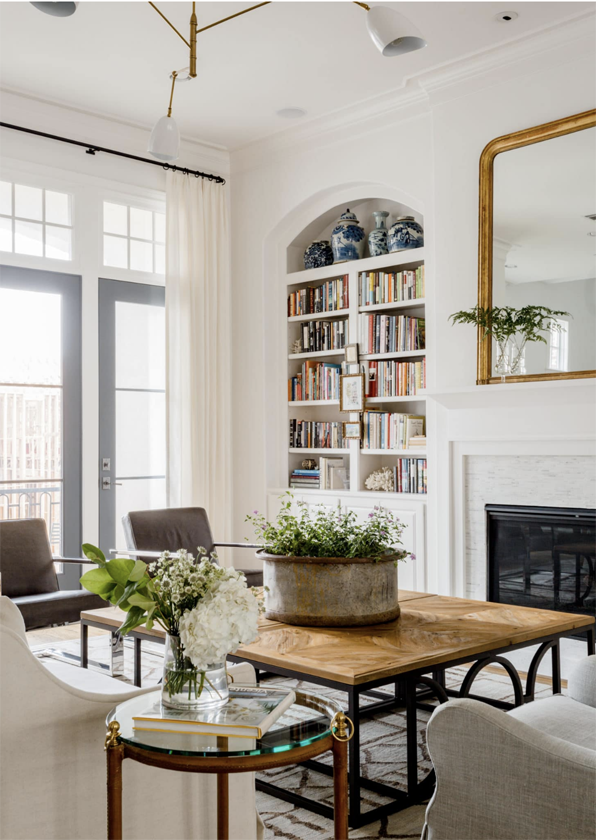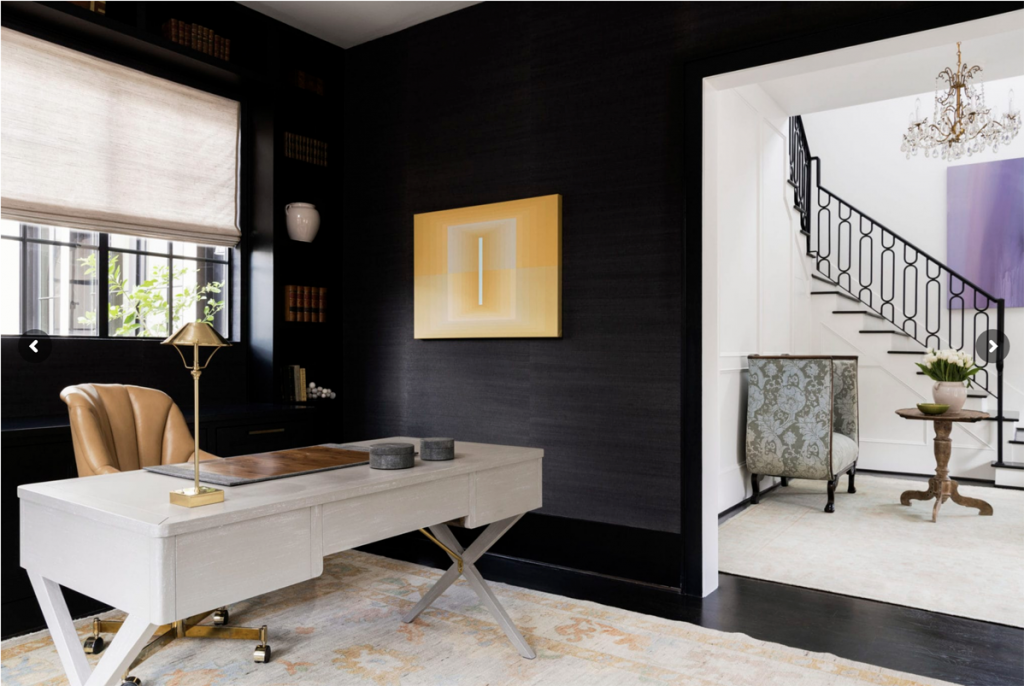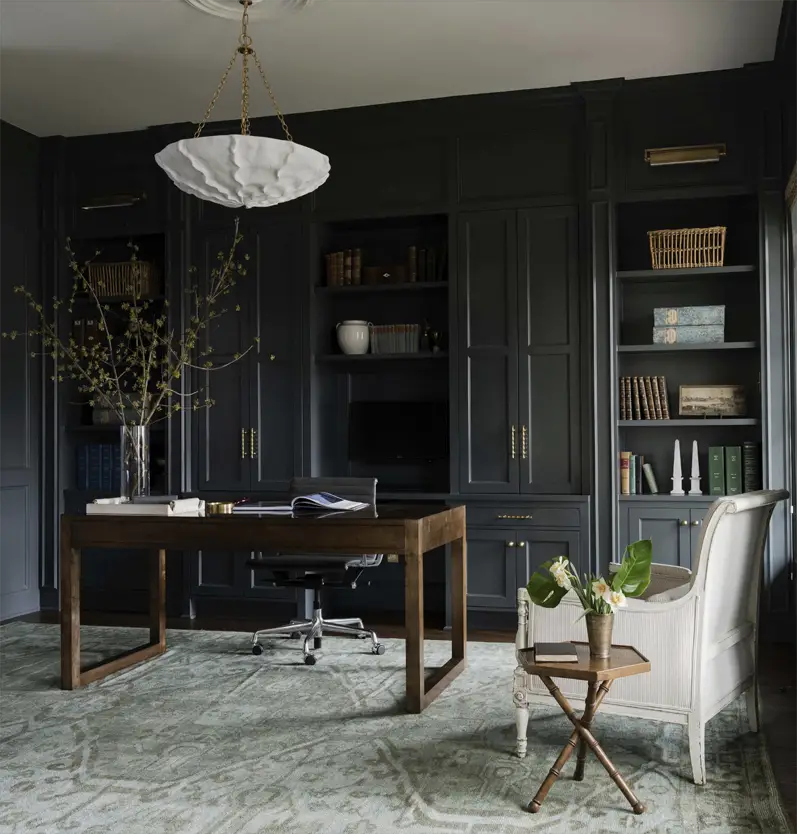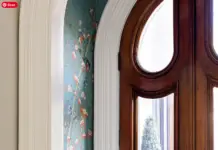As with everything in your house, hiring professionals to do the job, can save you an enormous amount of hassles, costs and bad jobs, and painting your home is no different. However, sometimes you will find that you prefer to do the job yourself, especially if it’s a small job like colouring one room, either for a child or you just need a change.
This is perfectly fine as we have got you covered on the best practices to take to do an exceptional DIY job.

A general tip for a good technique is to start with the trim first and then do the walls. That way if you do get any colour on the walls, you can cover it when you start coating any of the walls. So, first start with the trim/edges (top and bottom), then do the ceiling, and the walls can be done last and final.
Tape the Edges Before You Start
Getting tint on the skirting board and switches or wall sockets on a paint job, looks untidy. So, to get the best finish, we would advise taping the edges of all the walls top and bottom including around all the sockets and switches.
When you are done and the paint is completely dry – we would say a minimum of 24 hours, you can cut the tape loose and have a neat edge. But it is fundamental to wait till it is fully dried otherwise you risk peeling the dye off and then will have to go over and do it again, which becomes an additional job for you.
Lap Marks Are Avoidable

When you start the job, we would advise using a roller, to cover larger areas quicker. Most painting companies’ professionals use roller techniques to get the job done properly, as using brushes has its own implications and does not cover large areas as quickly. Sometimes however when you use a roller, it tends to leave lap marks after every stroke. To avoid this, you need to cover the full span on the height of the wall at one go and not stop in between. Also, keeping the edge wet will help dissolve the paint, which will avoid it from drying too quick and leaving these uneven streaks of paint on the wall.
Instead of staring in the middle of the wall, start at the corner and work your way towards the other end, moving up and down using complete strokes and going over the edge of the previous stroke moving the roller back and forth. Go over any streaks or blotches immediately before it dries.
Using a screen can help to blot out the excess paint on your roller. Simply remove your roller from the paint container and roll it once or twice on the screen.

Avoiding Different Tints of The Same Colour
There is nothing worse than painting two different walls with individual cans of the same colour, and when you step back to take a look, both have a different tint. This is a possibility when painting with one can at a time, because not all paint is made equal and sometimes there is slightly different in the hues of the same colour. To avoid this, we would advise you to mix your substance into a big bucket or container, to use for the whole room.
By mixing more than one can of liquid together into one container you will have a more consistent colour in the entire room, this is actually a process a lot of professional painters use and is referred to as ‘boxing’. Learn about this technique here.
It is always best to mix more than you need, just to be on the safer side.
Use Canvas Not Plastic
When prepping for the task, using cotton drop cloths on the floor to cover it, is a better idea than using plastic sheets. The reason for this is simple – cotton or canvas cloths stay in place, as opposed to plastic sheets which not only have a tendency of moving around but become slippery if liquid drops on them. Not to mention you can transfer the paint elsewhere from underneath your shoes.
Get an excessively large cloth, but not too large so that it folds and trips you when you are moving around. To avoid any colour from sticking to other surfaces, make sure you wipe it immediately before it dries or seeps through the cloth.

Patch It Up Before You Start
Not every wall is even or has no marks or dents on it. It is very common to have walls that have chip marks on them or holes and inconsistent patches on it. If you want to do a good job, you need to fix these first before you start any painting.
These are just a few tips and tricks that we think will help make your job easier and more efficient.
The best thing to do is to use sanding paper delicately to smooth out those surfaces and then go over it with primer. Primer acts as a ‘sealant’ on the surface of the wall due to the abrasion caused by sanding it down, it fills into these crevices to make for an even texture and smooth surface for when you go over it with your roller. It is like preparing your canvas before you start your work of art https://www.familyhandyman.com/drywall/drywall-repair/preparing-walls-for-painting-problem-walls/
However, it is always best to hire a professional for any jobs weather they are big or small, and sometimes they can go over any other rooms in the house for you while they’re at it. Thanks to Michigan Pure Painting for collaborating!
























